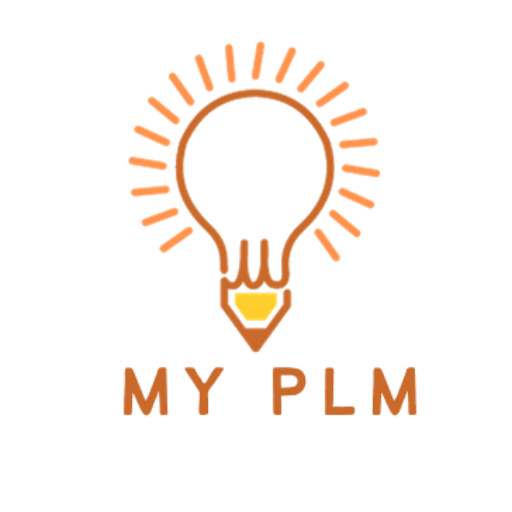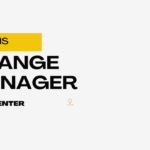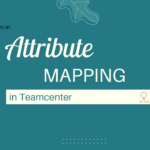In the dynamic landscape of product development and management, efficiency, collaboration, and organization are paramount. This is where Teamcenter steps in as a comprehensive solution, offering a centralized platform for Product Lifecycle Management (PLM). But what exactly is Teamcenter, and why is it an indispensable tool for modern businesses?
Table of Contents
Understanding Teamcenter
Teamcenter, developed by Siemens Digital Industries Software, stands as a robust PLM system designed to streamline various aspects of product development, from conception to retirement. At its core, Teamcenter serves as a digital repository, housing all pertinent data and documents related to a product’s lifecycle. This includes CAD files, specifications, manufacturing instructions, quality documents, and more.
Key Features and Capabilities
1 Centralized Data Management
One of Teamcenter’s primary functions is to serve as a centralized hub for all product-related information. This ensures that every team member has access to the latest data, reducing errors and miscommunication.
2 Collaboration Tools
TC facilitates seamless collaboration among dispersed teams, allowing members to work concurrently on projects regardless of their location. This real-time collaboration enhances productivity and accelerates the development process.
3 Workflow Management
With customizable workflow capabilities, Teamcenter enables organizations to define and automate their processes. From design reviews to change management, workflows ensure that tasks progress smoothly through each stage of the product lifecycle.
4 Version Control
Keeping track of multiple versions of product designs and documents can be challenging. TC simplifies this task by providing robust version control features, allowing users to track changes, compare versions, and revert to previous iterations if necessary.
5 Integration with CAD Tools
Integration with Computer-Aided Design (CAD) software is seamless with TC, enabling designers to access and manage CAD files directly within the platform. This seamless integration optimizes the design process and maintains data integrity throughout the system.
6 Regulatory Compliance
For industries with stringent regulatory requirements, such as aerospace or medical devices, TC offers features to ensure compliance with standards and regulations. This encompasses document control, comprehensive audit trails, and full traceability of changes.
Benefits of Teamcenter
1 Improved Efficiency
By centralizing data and streamlining processes, TC significantly improves efficiency throughout the product lifecycle. Teams can eliminate time wasted searching for information and focus on value-added activities.
2 Enhanced Collaboration
With its collaboration tools, TC fosters better communication and collaboration among cross-functional teams. This leads to faster decision-making and enhanced overall outcomes.
3 Reduced Errors
The use of standardized workflows and version control minimizes errors and discrepancies in product designs and documentation, ultimately reducing costly rework.
4 Increased Innovation
By providing a platform for seamless collaboration and data sharing, TC encourages innovation and creativity within organizations. Teams can explore new ideas and iterate on designs more effectively.
5 Scalability
Whether an organization is a small startup or a large multinational corporation, TC offers scalability to accommodate varying needs and growth trajectories.
Conclusion
In a world where product development is becoming increasingly complex and interconnected, TC emerges as a vital tool for organizations striving to stay ahead of the curve. By providing a unified platform for data management, collaboration, and process automation, TC empowers businesses to streamline their operations, drive innovation, and ultimately deliver superior products to market. Embracing TC is not just an investment in software; it’s an investment in the future success and competitiveness of any organization in the realm of product development and management.
Read More Articles
Exploring the Power of Tiles in Teamcenter’s Active Workspace Client
Understanding the Contrast: Volume vs. Database in TC
Exploring TC: The Central Hub for Product Lifecycle Management
Understanding Item Revision in TC: A Comprehensive Guide
Unlocking Efficiency and Precision: Understanding Workflow Designer in TC
Understanding PLM (Product Lifecycle Management): A Comprehensive Guide
Demystifying BMIDE in TC: Empowering Effective PLM Solutions
Understanding Organizations in TC: Building Efficient Work Structures
Demystifying Datasets in TC: A Comprehensive Guide
A Step-by-Step Guide to Installing TC Software
Revealed Pseudofolders in Siemens TC: Simplifying Data Management for Engineers
Unlocking TC’s Potential: A Guide to Creating Custom Properties





